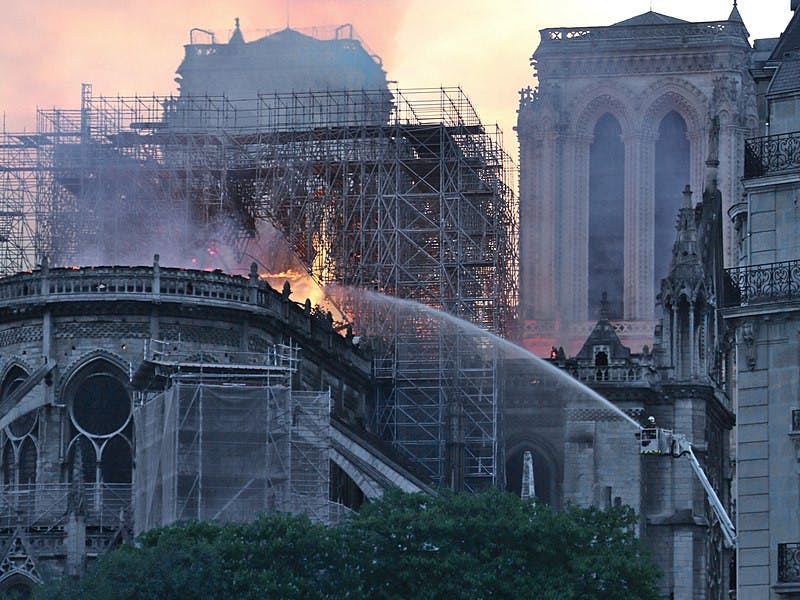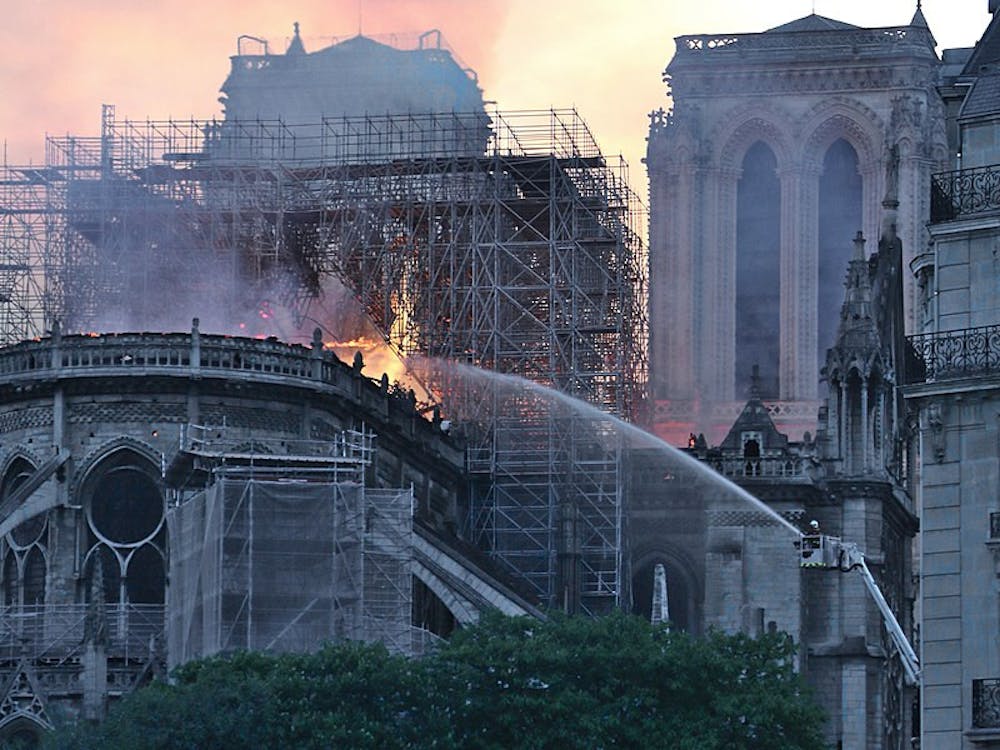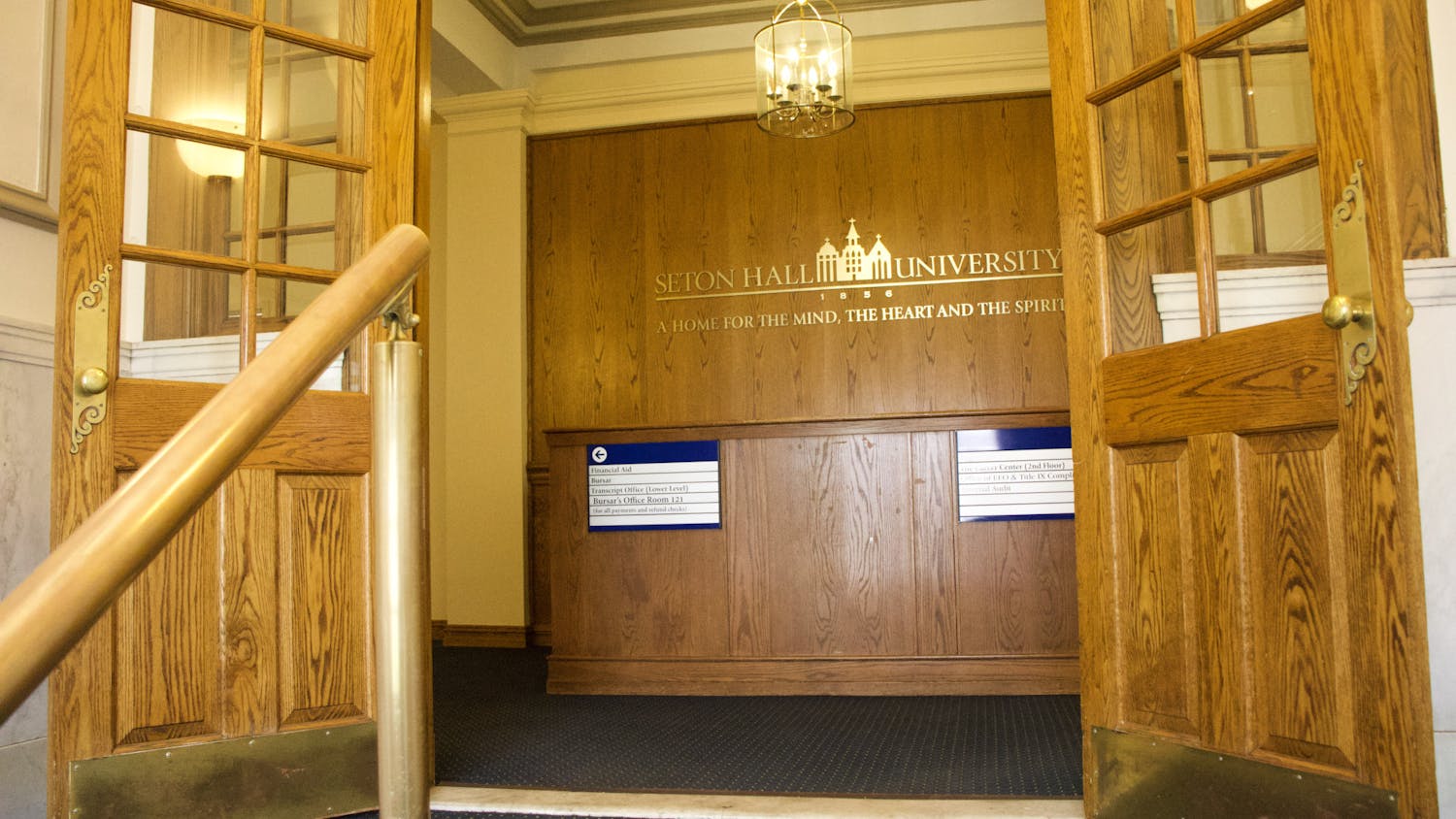Last Monday, the eyes of the world were fixated on the eastern end of Paris as a fire engulfed the famed Notre Dame Cathedral. The fire was first reported around 6:20 p.m. local time and spread quickly across the structure, resulting in a massive smoke plume that shrouded the skies above the French capital.
After only a few hours, the fire had destroyed the roof and the iconic spire of the cathedral, which collapsed after burning for less than an hour. The fire continued continued to burn for hours after the initial blaze, causing many to fear that the entire structure would be lost. In the early morning hours on Tuesday, fire officials were able to finally enter the building, which revealed that damage to the interior of the structure was significant, but not as horrendous as many had feared. The Rose Windows and the altar were relatively unscathed even with a partial collapse of the vaulted ceiling.
Over the following days, the world reeled in shock over what was seen as an incredible loss not only to the French people, but also to the world as a whole. Notre Dame is important not just for its iconic gothic architecture but its storied past. The Cathedral has been the seat of French history for centuries.

Last Monday, the eyes of the world were fixated on the eastern end of Paris as a fire engulfed the famed Notre Dame Cathedral. Photo via Wikimedia Commons.
The building has been present for the Black Death, Napoleon’s antics, two World Wars, and countless other titanic events through history. The cathedral also was home to some of the most important relics of the Christian faith, most notably Christ’s Crown of Thorns. As the fire broke out, a priest allegedly rescued a substantial amount of the relics that are housed within the cathedral. Professor Thomas Rzeznik shared that the fire has reaches far beyond physical damage, saying, “The fire also reminds us that the Cathedral of Notre Dame was not just a tourist site or monument to a medieval past. It was a site that continues to lift the spirit and connect people to God and to one another.”
Many Seton Hall students who have been to Notre Dame are reflecting on their experiences, especially freshman diplomacy major Julia Nicolls, who was in Paris over her spring break. “The most impressive part of the Notre Dame structure is the sheer intricacy across the whole building,” she said. “Each section of the outside tells its own story.”
Upon hearing of the fire, Nicolls was devastated. “The first thing I did when I heard of what happened is I called my mom,” she said. “Notre Dame was one of her favorite place and she immediately was shocked and sad by the situation. I knew that I had witnessed a moment in history when I had heard of what happened. Growing up, everything in life seems permanent as though it will never disappear. A situation like this reminds me that nothing of the world’s beauty will last forever, so you must see it while you can,” she concluded.
The sentiment of shock was shared the world over, with donations pouring in to help rebuild the famed structure. However, many are finding the motivations behind the donations questionable, when other serious global issues remain.
Ava Ikbal, senior Diplomacy major, voiced her concerns. “It’s truly devastating to lose such a historic monument, however, the gravity of the situation does not compare to the substantial response from society which has almost been nonexistent when it’s come to grave matters affecting developing countries,” she said.
Ikbal’s sentiment is felt by many across the globe, especially in light of the recent incident in Sri Lanka, in which nearly 400 people were killed in a series of bomb attacks against churches and hotels. Al Jazeera reported on Monday that “..within 24 hours of both incidents, [Google] Trends says that the Notre Dame fire recorded between five and nine times more search interest than Sri Lanka.” It’s unclear however if the search discrepancies have changed over time, as the incident in Sri Lanka occurred over the Easter holiday which may have prevented a substantial portion of the public from hearing about the attacks.
Since the fire last week, French President Emmanuel Macron has pledged to rebuild the Cathedral within in five years, and hopes to have it reopened in time for the 2024 Summer Olympics, which will be held in Paris.
The French interior minister has also announced that a global design competition will be opened to help conclude how the iconic cathedral should be restored. Whether it is restored to its pre-fire state or takes on a more modern approach like the Sagrada Familia in Barcelona, Notre Dame, and perhaps Paris, will stand forever changed.
Zachary Shaw can be reached at zachary.shaw@student.shu.edu. Find him on Twitter @zach_shaw_.





